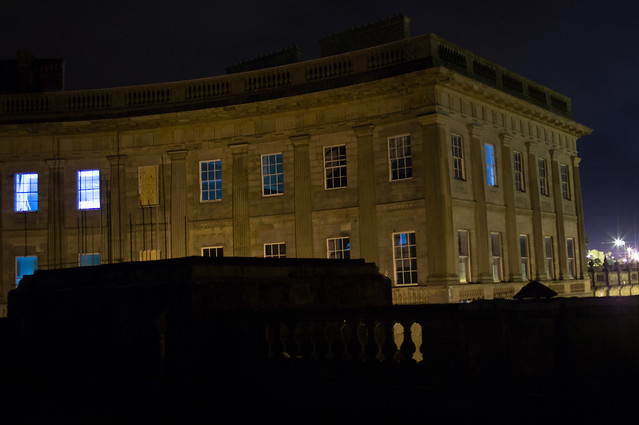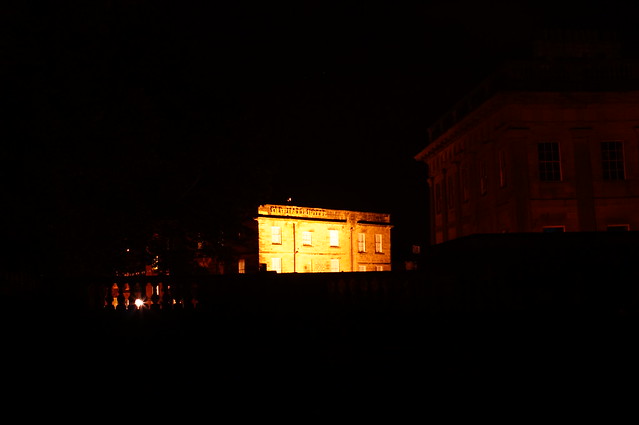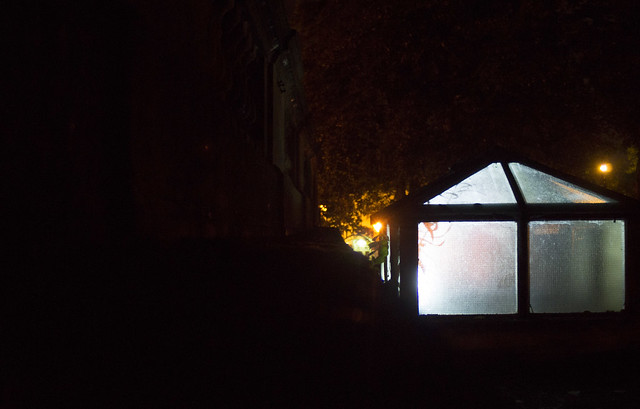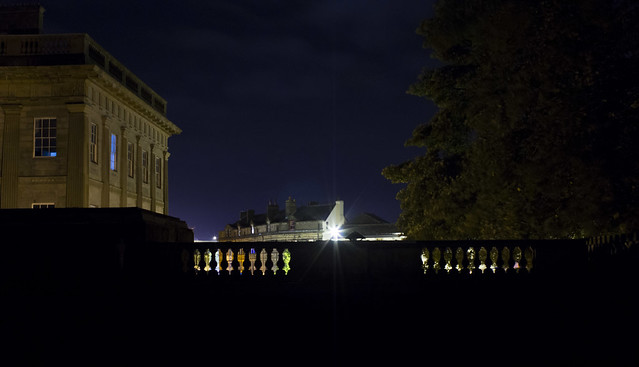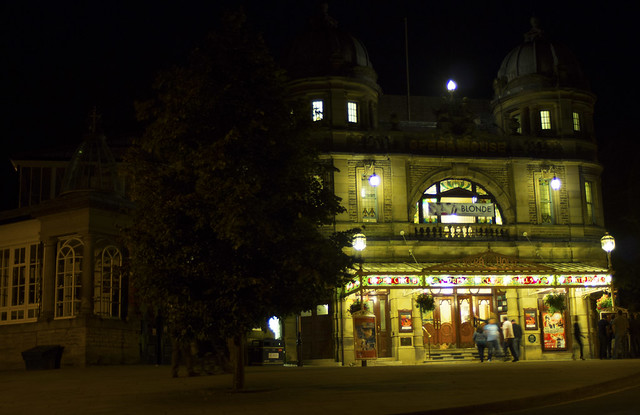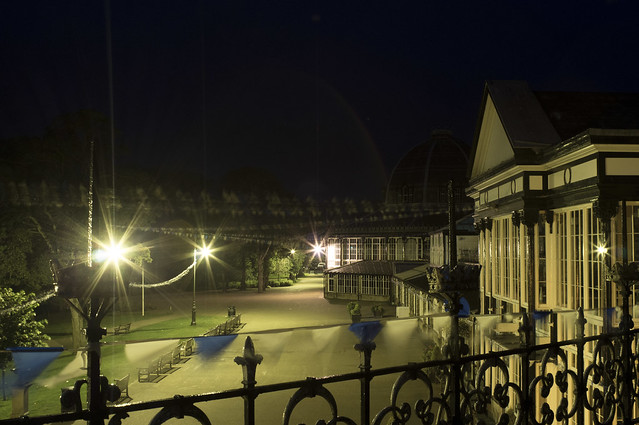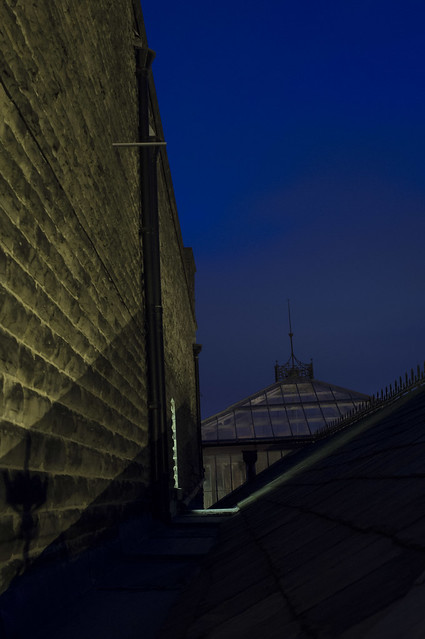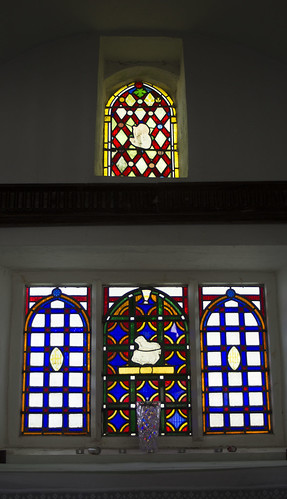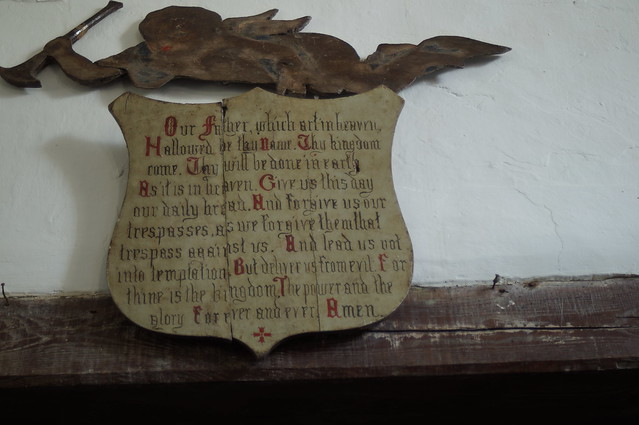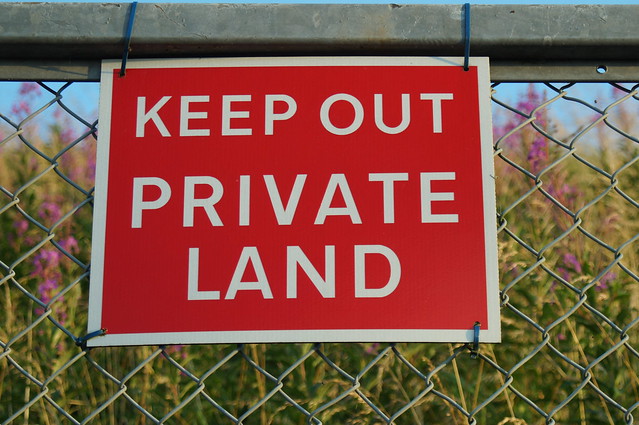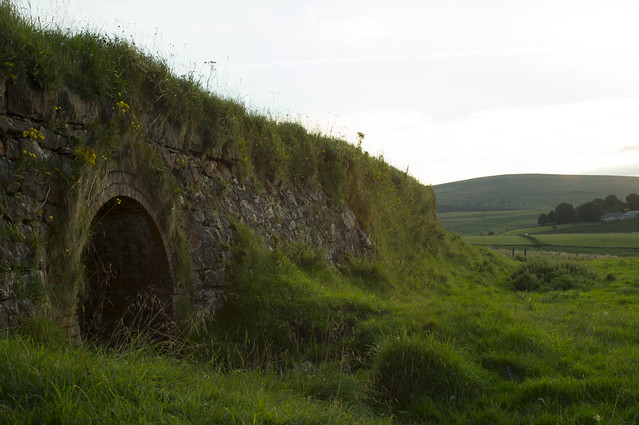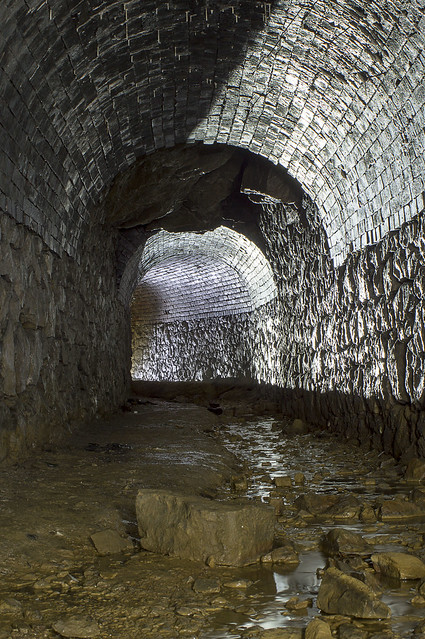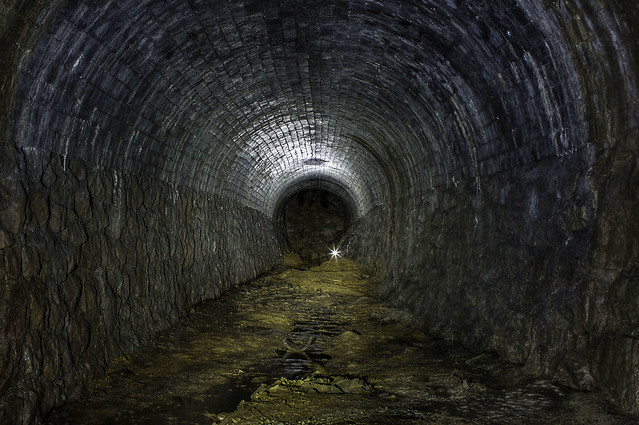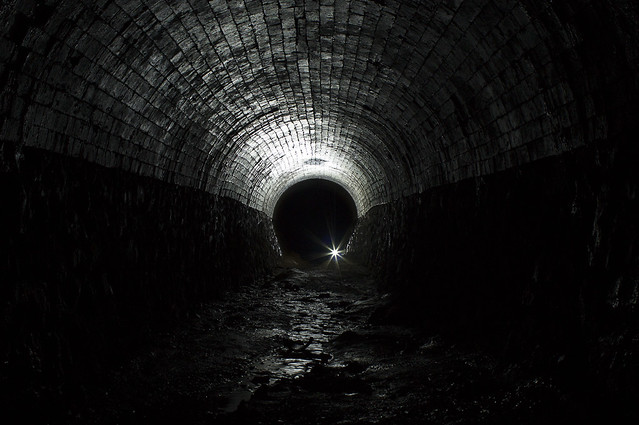No doubt, many people have heard of and drunk Buxton bottled Spring water (which comes from 5,000 feet below). But how many are aware that in Buxton it is free! Just opposite the Tourist Information Office there is a public well where anyone can fill their flasks and bottles. Opposite The Crescent is the Pump Room, next to St Ann's Well. The Pump Room was built in the late 19th Century as a place where people could come to take the unique thermal mineral water. It ceased use as a Pump Room in the mid 1970s and became a Micrarium where microscopic organisms and geological specimens could be studied by the public. This was the world's first Micrarium but sadly closed in 1995.
